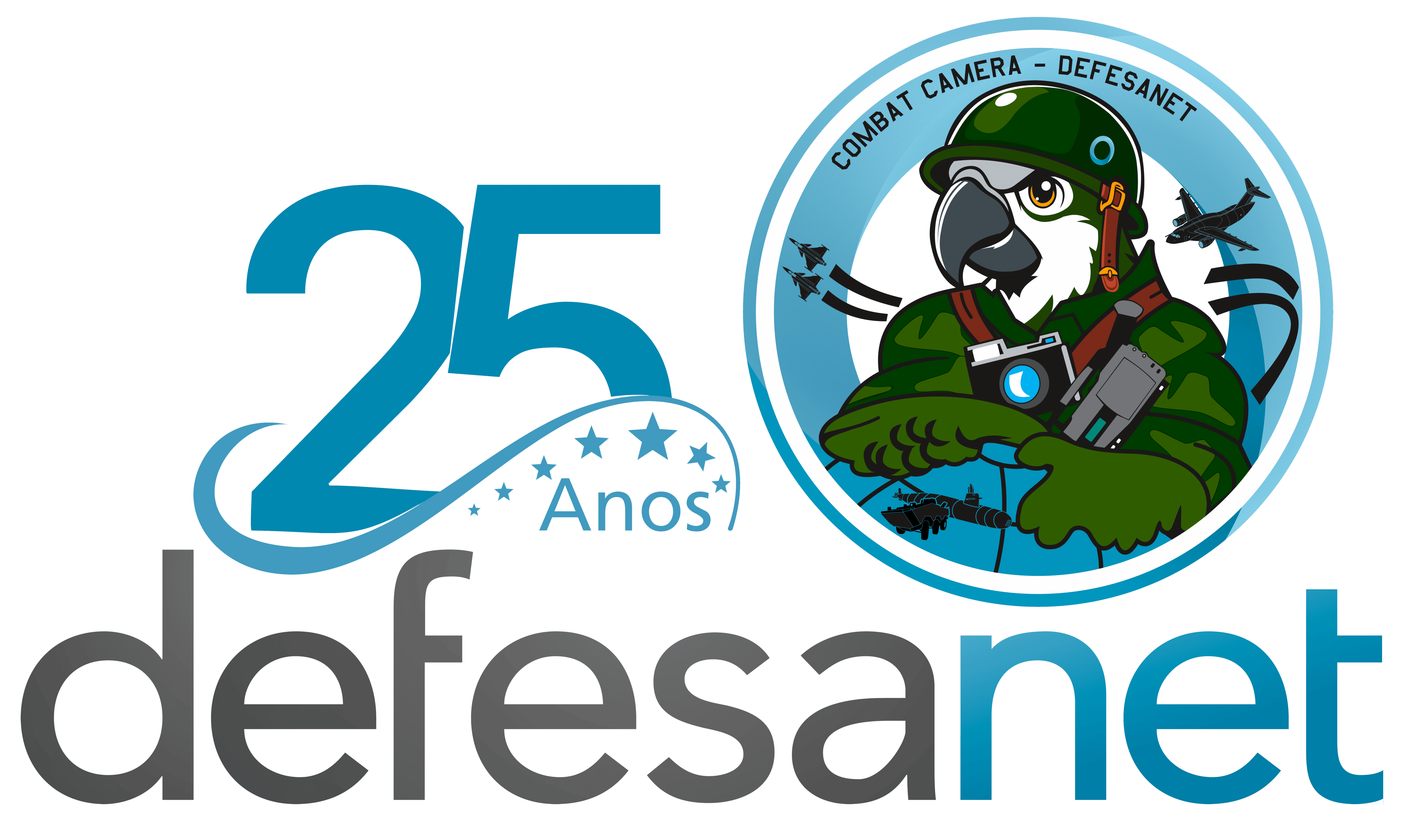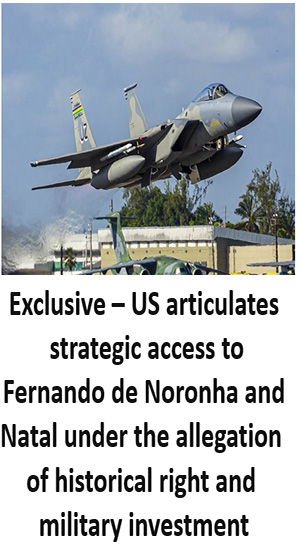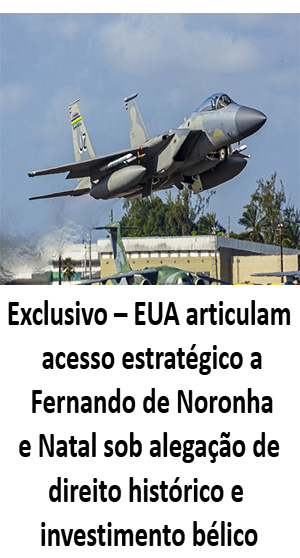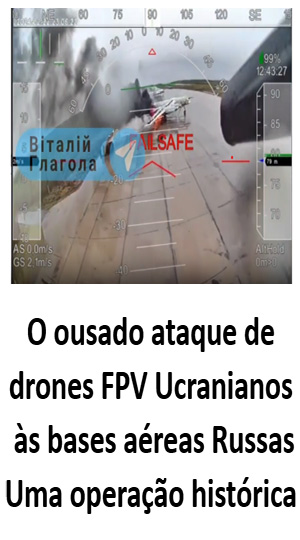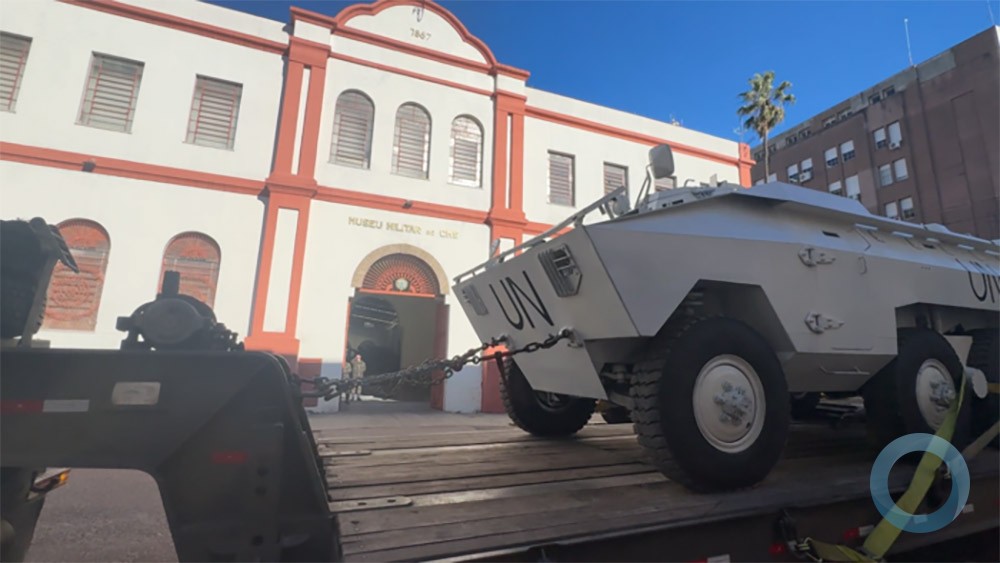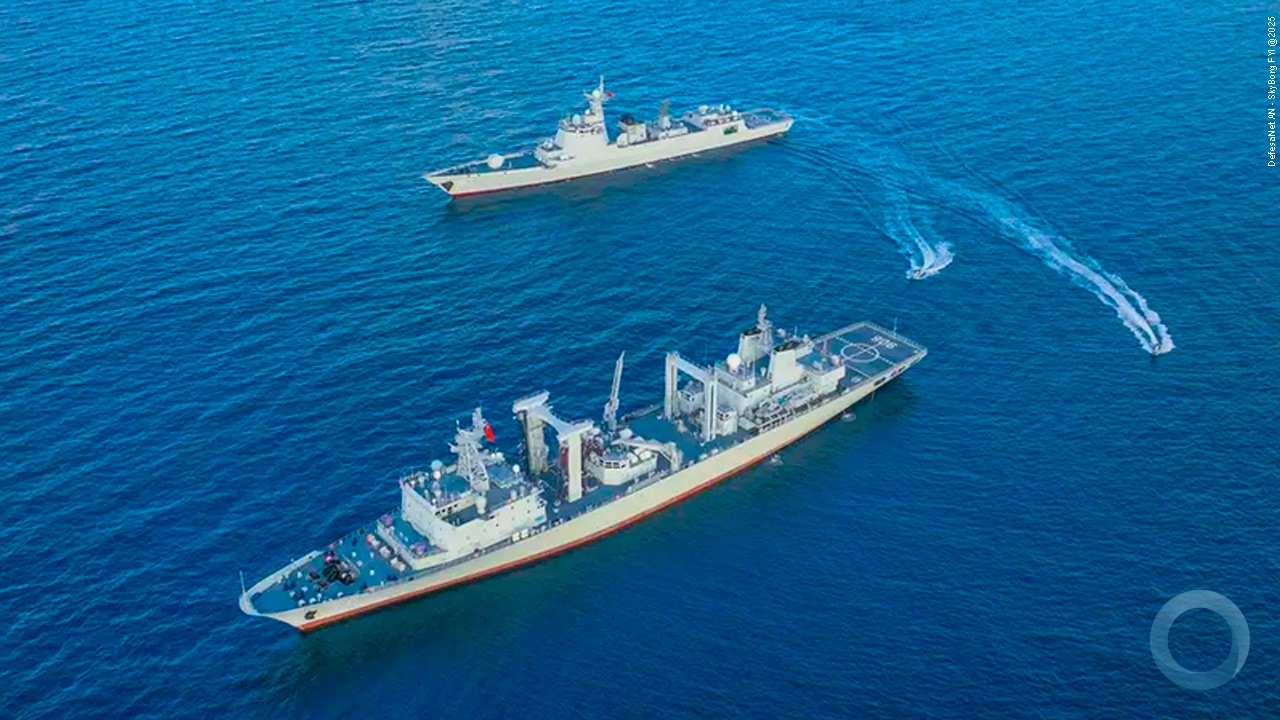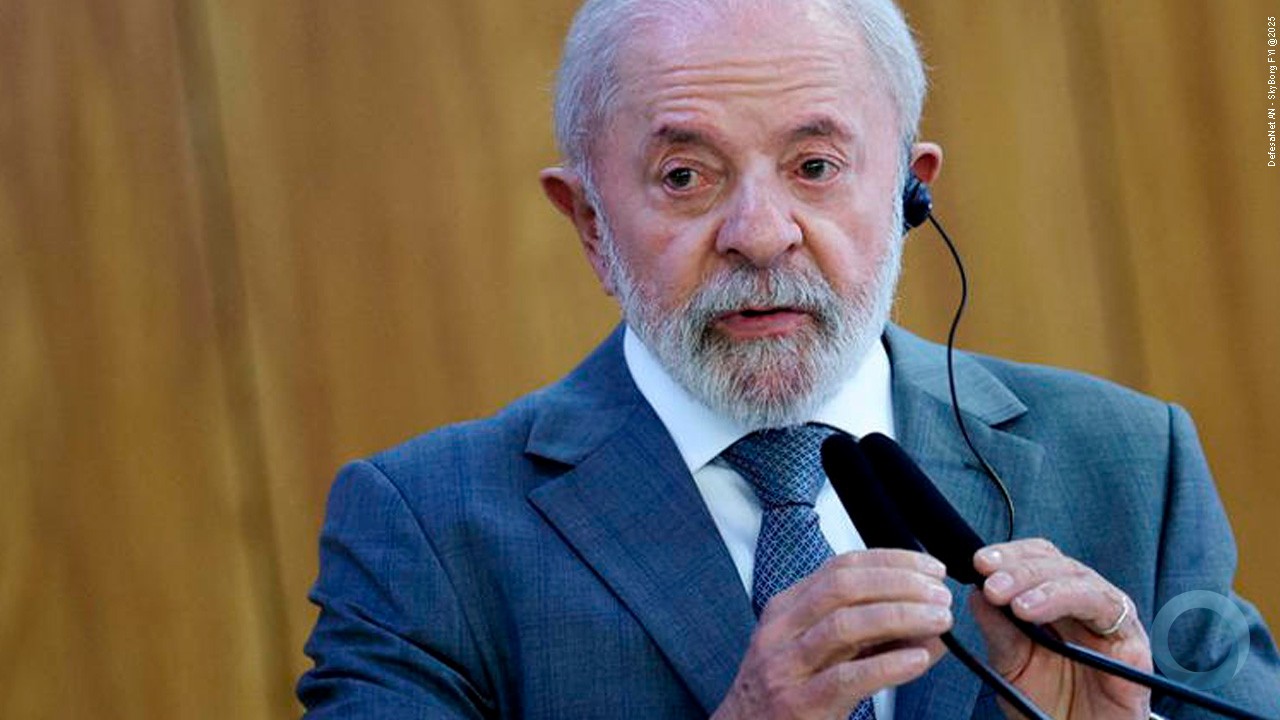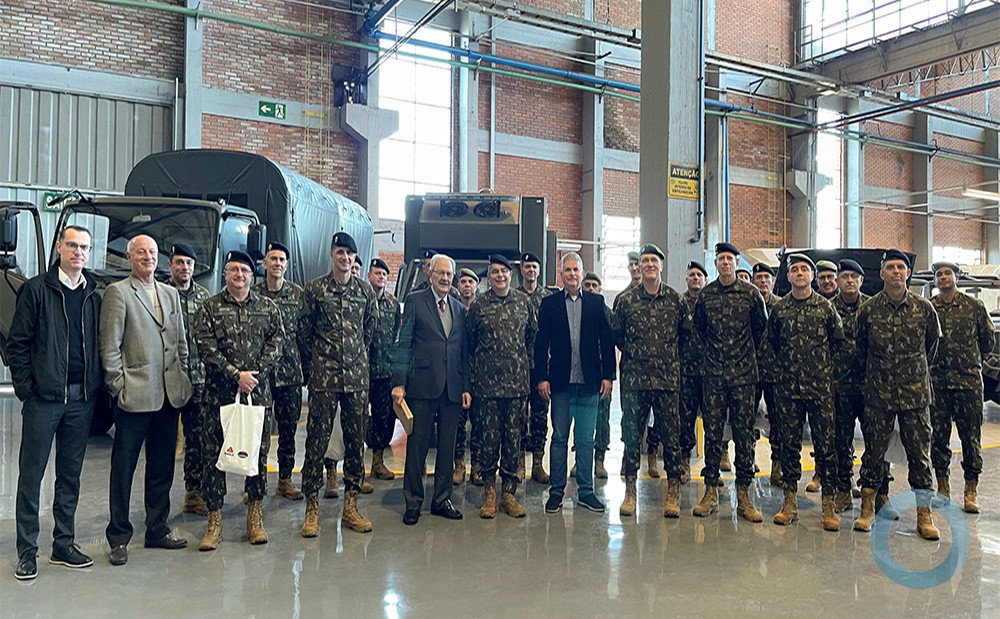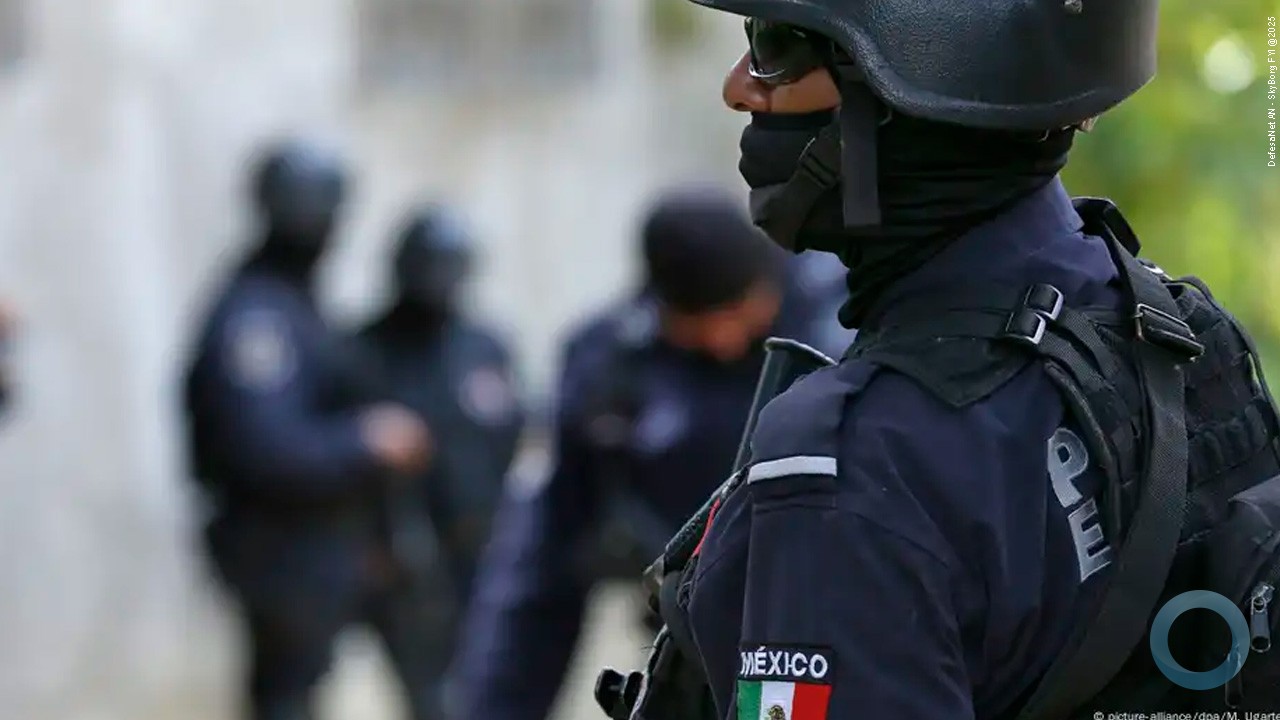Three months after the World War II started the Winter War began when Russia launched an attack on Finland, on November 30, 1939, just short of six months after Germany conquered Norway and Denmark. In every Swedish border the country could perceive how close the war was. As it happened in 1914, Sweden kept neutral in relation to the conflict and began a new phase in its Foreign Policy.
Neutrality or the decision of a nation to not take part in any alliance or coalition is a difficult one that cannot be backed up just by diplomacy but requires well-equipped Armed Forces and an advanced defense industry, which is the real concept of national independency. This neutrality in both great World Wars raised this Nordic country to a high military and technology development level.
Non-aligned during peace to be neutral in war
With the Cold War and the creation of the Atlantic Alliance (NATO), Sweden was once again in the delicate position of a neutral nation. It did not join NATO but kept an eye on any threat that might come from their long-time rival Russia. Being neutral in this new conflict implied to be capable of defending themselves against the greatest threat to the Western block.
It was within this historic context that Sweden developed one of the most sophisticated and sound defense industies in Europe. This pacific country became armed “to the teeth” and was one of the few nations that chose not to be directly involved in any of the 20th Century international conflicts to ensure the sovereignty and integrity of its territory.
In 1998, Anna Lindh, then Minister for Foreign Affairs, stated that Sweden’s Homeland Security Policy aimed to “keep the peace and independence to contribute to keep peace and security in the region, and to strengthen international peace and security as well. Sweden is a militarily non-aligned nation and this line of security policy, which it has followed all these years, aiming at neutrality in times of regional conflicts, has served us well.”
Threat is our neighbor
Today the Soviet threat does no longer exist, but the Russian continues. The recent war against Georgia has shown the West that Russia is not dead and has kept its strength. This short conflict struck the Swedes and is regarded as a warning of a possible conflict between both nations.
And Russian provocations are not infrequent. Very often surveillance aircraft and naval patrol vessels cross Swedish borders without authorization. Submarines and warships have frequently entered Swedish territorial waters in the Baltic Sea, which demonstrates that Russian old-time aspirations to control the region continue existing.
Concerned with this, Carl Bildt, current Minister of Foreign Affairs, said two years ago that “there is an understanding that our country’s future security is based on the international community and cooperation. There is also a consensus that Sweden will not remain passive if a member of the European Union or a Nordic nation is subjected to disaster or attack. Likewise we expect that these countries do the same should a similar crisis strike Sweden.”
This statement of Bildt, who was formerly Prime Minister, show a change in the position adopted by Sweden that has now cast aside its isolationist foreign policy to move towards an actual interest in international affairs, especially in terms of regional security, making a change from a nearly one-century old foreign policy and sending a clear message [to the Russians] that any aggression to a regional country will cause a collective reaction.
Every combat scenario is against the Russians, and to oppose these threats and reduce the likelihood of a future conflict, Sweden has continually invested in developing, preparing and employing the national Armed Forces, particularly in respect to the missions performed by the Swedish Air Force that represents the nation’s first defense line
Getting prepared for a new form of waging war
During the Cold War and due to Sweden’s closeness to the Soviet Union, the Swedish Air Force had to develop a series of operating doctrines, some of them unique around the world. If the Soviets knew where Swedish bases were deployed, this was not true when it came to aircraft and pilots.
Swedish aircraft would operate scattered from road-based strips which actually are short strips adjacent to air bases or nearby roads. If their bases were attacked and be destroyed but this was not true for their aircraft.
Picture that SAAB released early this decade showing the road-based strips concept.
The title could very well be a Gripen in your garage.
Based on this operating doctrine, Swedish aircraft could effectively land and take off from any location that featured a small road. The unusual scene of fighters taxiing in front of common houses represented for the Swedes a real protection for their aircraft.
Still within the Cold War scenario, the data-link system came as a breakthrough, and they started using the system already back in the 60’s. With the data link, they could securely communicate between aircraft and have access to all information each aircraft had. And so could the ground crew do; pilots were provided with a situational awareness about everything that was taking place in the Theater of Operations.
Today, Sweden has the most advanced data link in the world; it enables a military pilot to connect with an Army soldier in real time. This system is so powerful that can even connect a fighter with a police cruiser allowing the aircraft to be used as police support, and air reconnaissance and observation.
The data link operating between Jas 39 Gripens as a multiplier of efforts to oppose a more powerful enemy. (Art SAAB)
When the modern multirole JAS 39 Gripen fighter started service, Flygvapnet became responsible for responding and gained the power to react to any threat ensuring the nation’s peace and regional stability.
By the end of 1945, the country had some 800 fighters. This number was reduced to half in 1994 and reached 150 in 2005. Today the Swedish Air Force (Flygvapnet) concentrates its fighter aircraft in just three of these air bases.
Strategic Concentration
In Lulea (F 21), northern Sweden, two JAS 39 Gripen C/D squadrons are stationed. In the southwest, Sàtenäs (F 7) features the fighter pilot school that operates both A/B Gripen versions (they will be upgraded to C/D), and in Ronneby In southern Estey (F 17), on the coast of the Baltic Sea, two Gripen C/D squadrons are based. All these squadrons include multirole aircraft, meaning that one single aircraft [JAS 39 Gripen] version can perform all kinds of mission, whether they are air defense, ground attack, reconnaissance, sea surveillance and anti-ship.
The Gripen is an excellent solution for the Swedish Air Force as it is so easy to deploy the aircraft with simple logistic support and integrate nearly any type of weapon with the aircraft. But it is not enough to have the best aircraft you have to have also the best pilots.
Becoming a pilot
Training and educating a fighter pilot takes five and a half years. Cadets attend school in Stockholm for three months, and then they proceed to Linköping where they stay for one year to attend basic training with the SAAB 105. After this they return to Stockholm for an additional six-month period of studies. After three years of basic studies they return to Linköping for their tactical training where they fly the SAAB 105 again.
One year later, those who have been selected to become pilot officers for the fighter aviation start their Gripen conversion training. The first months address basic flight and getting familiar with the aircraft equipage. The next step includes multirole training that lasts an additional three-semester period when then they are assigned to a squadron and operation.
